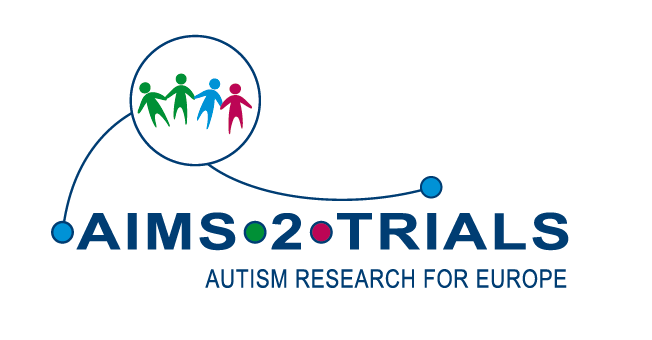Outcome Measures

Innovative ways to measure outcomes in autistic people
Researchers will develop and test innovative technologies to measure key symptoms and experiences of autistic people
Some autistic people want support with difficulties such as social communication and repetitive body movements. However, research is currently hindered due to problems measuring whether an intervention has made a meaningful difference. Many of the areas to be addressed have multiple, complex components; social communication, for example, includes speech, body language, eye contact and facial expression, none of which can be measured by a simple test. Existing research has therefore relied on reports from individuals or from observers, which may unintentionally be inaccurate or biased. Developing high quality ways to measure the outcome of any intervention – ‘outcome measures’ – would therefore help the development of effective treatments for those who want them, whether these be medical, psychological or support-based.
This study will test new ways of measuring the experiences of autistic people by using innovative technology to collect data on aspects of social communication, repetitive body movements and co-occurring issues such as mental health conditions, sleep problems and epilepsy. There will be both face-to-face assessments and remote monitoring via wearables and smartphone apps. Some of these will be ‘passive’, meaning that they automatically collect information including data about activity, sleep, heart rate, levels of sweat on the skin and even – with the users’ consent – time spent using social apps and messaging. Others will be ‘active’, which means the user will enter information or answer questions, and still more will be experience-samplers, prompting the user to enter information in the moment, rather than trying to remember it later.
From January 2020, 250 autistic people and 40 non-autistic people will take part, matched for age and gender. They will be aged between 8 and adulthood, with a range of core autism symptom profiles and co-occurring symptoms, and will be have been recruited primarily from the existing LEAP study. Participants will undertake the existing ADOS assessment (Autism Diagnostic Observation Schedule) in conjunction with the new technology, and results will be analysed with the help of audio and/or video recording. In addition, 70 autistic people and 30 non-autistic people will be asked to test aspects of the system 24 hours a day over longer time periods to explore how acceptable it is in everyday use.
At the end of the study, approval will be sought for any measures that have proven acceptable to autistic people, as well reliable and valid, so that they can officially be used in research and clinical settings. This approval will come from appropriate regulatory bodies, such as the European Medicines Agency (EMA) and Food and Drug Administration (FDA).
The work will be managed by Profs Emily Simonoff, Richard Dobson and Matthew Hotopf, with the assistance of Dr Eva Loth and a researcher based at King’s College London. It will build on data already collected from IMI-RADAR and work undertaken by Roche on remote monitoring. There will be close liaison with other aspects of AIMS-2-TRIALS, in particular with the LEAP study, the clinical trials, Autism Representatives and industry partners such as Roche and Noldus.
Leaders of the Outcome Measures work
Lead organisation: King’s College London
Leads: Prof Emily Simonoff, Prof Richard Dobson, Prof Matthew Hotopf, with the assistance of Dr Eva Loth
Research Centres: King’s College London, University of Cambridge, Radboud University







